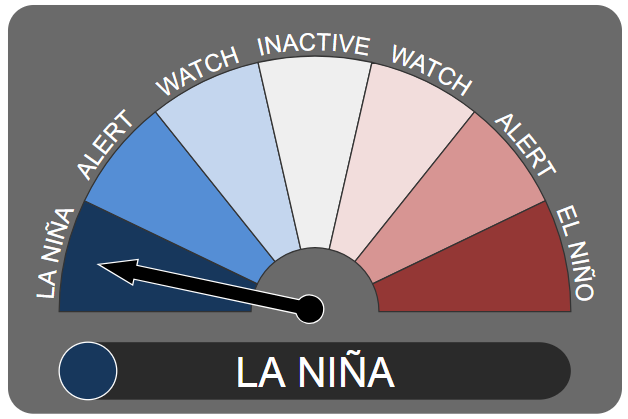
TUESDAY SEPT 29
The Federal Treasurer says Victorian schools should be reopened as soon as possible after hearing reports of children as young as 12 being prescribed antidepressants during lockdown.
Josh Frydenberg said while Victoria’s progression out of stage 4 lockdowns would benefit businesses, care also needed to be taken to look out for the state’s children.
“As a Victorian parent I’m also very focused on my children and other people’s children getting back to school,” he said.
Under Victoria’s new eased restrictions primary school students will be allowed to return to school from October 12.
Students in years 10, 11 and 12 who are completing VCAL or VCE subjects will be allowed to return to complete assessments from October 5 and are allowed back onsite to for classes from October 12 as well.
But Mr Frydenberg said could not see why all students could not return to school.
“Not just for their educational development in the classroom … but for their wellbeing,” he said.
“I’ve read letters from well-regarded doctors and GPs … and they speak of the mental health state of young people in Victoria.
“The number of cases they are seeing through their doors [are] skyrocketing, providing antidepressants to kids as young as 12 and 13 as a result of this lockdown.”
The Treasurer agreed Victoria needed to follow the medical advice being given to the Government but called on Victorian Premier Dan Andrews to let all children go back to school.
Meanwhile, Australia’s mandatory hotel quarantine scheme could be scrapped in favour of a new “triage” system that allows some international travellers to quarantine at home under strict conditions just like actress Nicole Kidman.
Prime Minister Scott Morrison confirmed the proposal was under active consideration today after damning evidence emerged from an inquiry into the quarantine scheme’s operations in Melbourne.
It also follows widespread controversy after Hollywood stars and celebrities including Nicole Kidman, Keith Urban and Dannii Minogue were allowed to “quarantine” in luxury hotels or at home while other travellers were locked in budget hotels for 14 days.
The celebrities paid for their own security teams to ensure they stayed at their luxury homes in preparation for filming TV programs and films.
However, the “triage” proposal raised at the inquiry does not involve travellers being allowed to simply go home, but to attend a medical hotel where they could be tested and assessed where they had travelled.
If it was deemed appropriate by doctors, the travellers would then be allowed to complete the 14-day quarantine in some cases at home or elsewhere.
Speaking at a press conference in Canberra, Mr Morrison said it was an option being considered by the peak COVID-10 medical expert panel The Australian Health Protection Principal Committee (AHPPC).
“Now, I think home quarantine can play a role in the future and it’s something that is being considered by the AHPPC and particularly as we move beyond the phase we’re in now,’’ the Prime Minister said.
###
Construction will soon get underway on what will become Queensland’s third-largest coal mine, 40 kilometres south of Moranbah in the Bowen Basin.
Premier Annastacia Palaszczuk announced the State Government had signed off on a mining lease for the Olive Downs Coking Coal Project, run by Pembroke Resources.
The central Queensland mine will have a production life of 80 years and the Government says it will create 1,000 jobs.
The Government did not provide forecasts for how much it would collect in mining royalties, but the number is expected to be in the billions.
“Let me say very clearly that not only do I support the coal industry here, but I’ve also been over to the steel mill in Japan,” Ms Palaszczuk said.
“Nearly every single household utilises steel in some form or another, and steel is going to be part of our lives for many years to come.”
Pembroke said it would produce up to 15 million tonnes of metallurgical coal per year.
###
The Bureau of Meteorology has declared a La Nina is officially underway, signalling we could be in for a wet spring and summer, reports the ABC.
La Nina is a phase of the El Nino Southern Oscillation (ENSO), which describes ocean and atmospheric circulations over the Pacific Ocean.
During a La Nina phase, Australia’s northern waters are warm with increased convection.
This allows more moisture to be lifted into the air than normal, typically resulting in increased rain for eastern and northern Australia — but, historically, the south-east misses out.
That moisture can lead to cooler daytime temperatures according to Andrew Watkins, the BOM’s head of climate operations.
“We tend to have more cloud and a bit more moisture around to evaporate to keep the air a bit cooler,” he said.
“Conversely at night, when you’ve got the cloud acting like a lid trapping in that heat, it can be a bit warmer.”
But every La Nina is different.
When there is a La Nina, the Walker circulation intensifies, bringing warm oceans and wet conditions to eastern Australia.(Supplied: BOM)
The last major La Nina events were in the summers of 2010-11 and 2011-12. They resulted in 2010 to 2012 being Australia’s wettest two-year period on record.
Flooding was widespread and devastating.
In early 2011, large parts of South-East Queensland were under water; the Lockyer Valley was hit by a cascade of water coming off the Toowoomba range and Brisbane saw its worst flooding since 1974.
SheSociety is a site for the women of Australia to share our stories, our experiences, shared learnings and opportunities to connect.

Leave a Reply